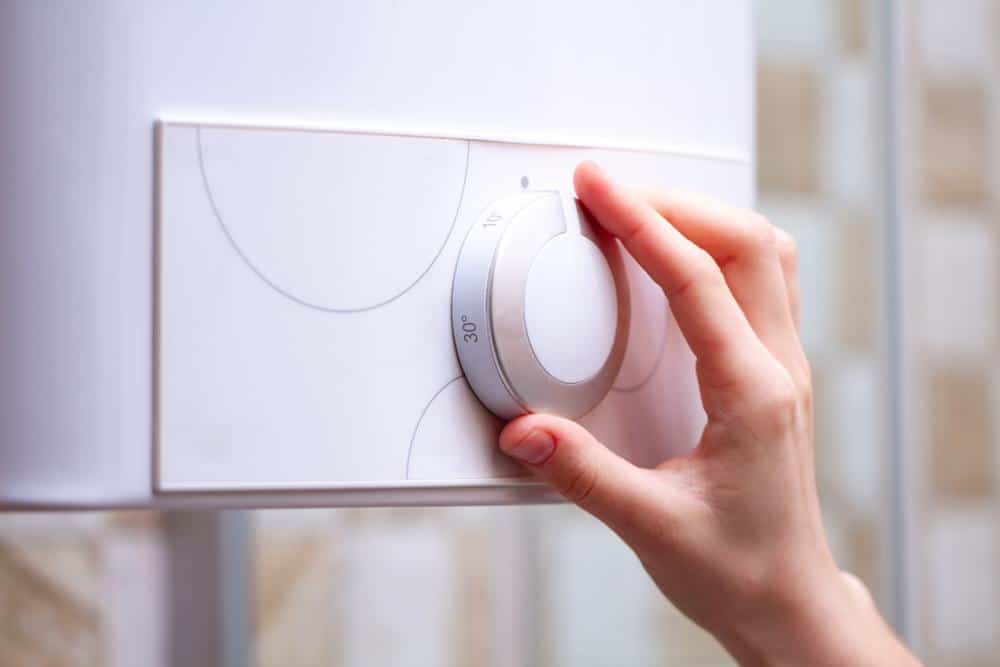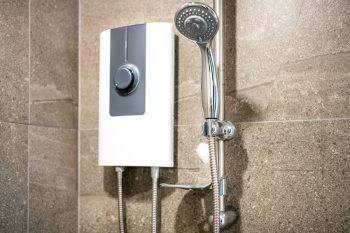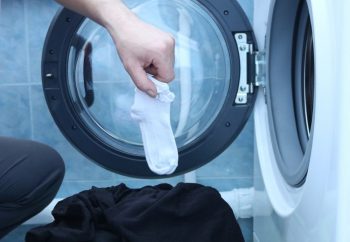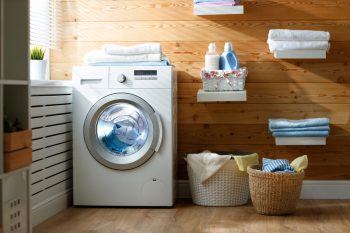
Draining a water heater pan may not be an everyday task, but it’s a crucial one that every homeowner should know how to do. The water heater pan is designed to catch small leaks and prevent water damage to your home. If there is water in the pan, it could indicate a problem with your water heater, such as a leak or a malfunctioning valve. In this comprehensive guide, we will walk you through how to drain a water heater pan safely and effectively.
To drain a water heater pan, first, ensure the power and water supply to the water heater are turned off. Then, locate the drain pan under the water heater and attach a drain line to the drain pan’s fitting. Secure the drain line and direct it to the desired drainage area. Monitor the draining process to ensure smooth flow and address any issues. Remember to take precautions like using a heat-resistant hose and being cautious of hot water.
Why Drain a Water Heater Pan?
A water heater pan, also known as a water heater drain pan, sits underneath your water heater to collect water in case of a small leak or a brief release of water from the temperature and pressure (T&P) valve. If you find water in your water heater pan, it could indicate a problem with your water heater, such as a loose pipe connection, a malfunctioning T&P valve, or condensation from combustion water vapor.
Signs That Indicate a Water Heater Pan Needs Draining
Several signs can indicate that your water heater pan needs draining. These include the presence of water in the pan, a leaky drain valve, loose pipe connections, a damaged or corroded internal tank, and a leaking temperature and pressure relief (TPR) valve.
Tools and Materials Needed
To drain a water heater pan, you will need a water heater drain pan, a drain fitting, a drain pipe, and a wrench or pliers.
Step-by-step Guide to Draining a Water Heater Pan
- Turn off the power and water supply: Before starting, make sure to turn off the electric supply to the water heater. If it works on gas, turn off the gas supply as well. Shut off the water supply to the water heater by locating the water pipe and turning it off.
- Locate the drain pan: The drain pan is typically located underneath the water heater. If your water heater does not have a drain pan, you may need to install one.
- Attach a drain line: If the drain pan does not have a drain line, you will need to install one. Cut a piece of rubber hose or PVC pipe to fit the distance between the drain pan and the location where you’re draining the water (floor drain, outside, etc.).
- Connect the drain line to the drain pan: Attach the drain line to the drain pan’s fitting. You may need additional fittings, such as a half-inch fitting, a one-and-a-half-inch by half-inch reducer, and a half-inch elbow, as well as PVC cement to secure the connections.
- Secure the drain line: Make sure the drain line is properly secured and directed to the desired location for draining the water. Check for any leaks or loose connections.
- Monitor the draining process: Keep an eye on the draining process to ensure that the water is flowing smoothly and there are no issues.
Remember that these steps are for draining a water heater pan, not for installing a drain pan under an existing water heater. If you need to install a drain pan, you may need to lift the water heater, remove any attachments, and slide the pan underneath.
Precautions to Take When Draining a Water Heater Pan
When draining a water heater pan, several precautions need to be taken. These include turning off the water heater, using a heat-resistant hose, opening the drain valve slowly, being cautious of hot water, draining the pan separately, inspecting the drain pan, and ensuring proper drainage.
How Often Should You Drain a Water Heater Pan?
Draining the water heater pan is not a regular maintenance task like flushing the water heater. The pan is connected to your home’s drainage system, so when water leaks from the water heater, it is caught in the pan and channeled through the drain fitting into the drainage system. Therefore, you do not need to drain the water heater pan manually. However, it is recommended to flush and drain your water heater at least once a year to remove sediment buildup and prolong its life.
Problems That Might Occur If a Water Heater Pan Is Not Drained Regularly
If a water heater pan is not drained regularly, several problems may occur. These include corrosion, blocked air vents, increased energy consumption, damage to the water heater, and water damage. To prevent these issues, it is essential to regularly inspect the water heater pan for water accumulation and drain it as needed.
Can You Drain a Water Heater Pan Yourself?
Yes, a homeowner can drain a water heater pan themselves. However, if you are not comfortable with the process or unsure about any steps, it is recommended to hire a professional.
In conclusion, draining a water heater pan is a simple but crucial task that can help prevent water damage to your home and prolong the life of your water heater. With the right tools and knowledge, you can drain a water heater pan safely and effectively.
Frequently Asked Questions
What is the purpose of a water heater pan?
A water heater pan, also known as a water heater drain pan, is a safety device that sits underneath your water heater. Its primary purpose is to catch any small leaks or a brief release of water from the temperature and pressure (T&P) valve. This prevents water damage to your home and alerts you to potential issues with your water heater.
Can I ignore water in the water heater pan?
No, you should not ignore water in the water heater pan. The presence of water in the pan indicates a potential problem with your water heater, such as a leak or a malfunctioning valve. It’s important to drain the pan and address the underlying issue to prevent damage to your home and maintain the efficient operation of your water heater.
What type of hose or pipe is suitable for the drain line?
You can use a piece of rubber hose or PVC pipe for the drain line. The key is to ensure it’s the right size to fit the drain fitting on your water heater pan and that it’s long enough to reach the location where you’re draining the water.
How can I ensure that the drain line is properly secured?
You can ensure that the drain line is properly secured by checking for any leaks or loose connections after installation. It’s also important to ensure that the drain line is directed to the desired location for draining the water.
What are the signs of a malfunctioning water heater that might require draining the pan?
Signs that your water heater is malfunctioning and might require draining the pan include the presence of water in the pan, a leaky drain valve, loose pipe connections, a damaged or corroded internal tank, and a leaking temperature and pressure relief (TPR) valve.












